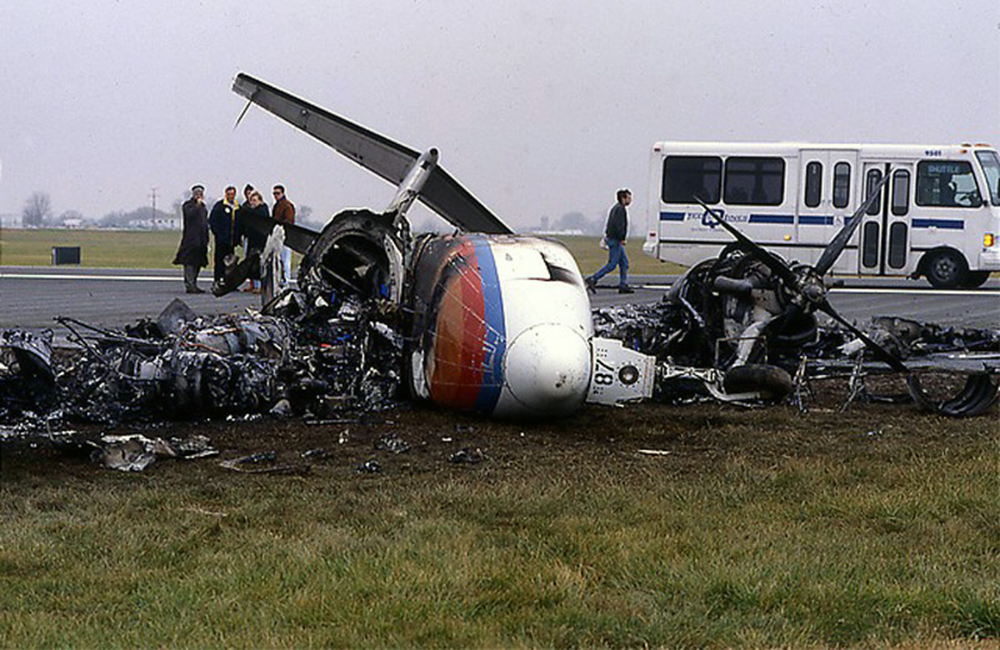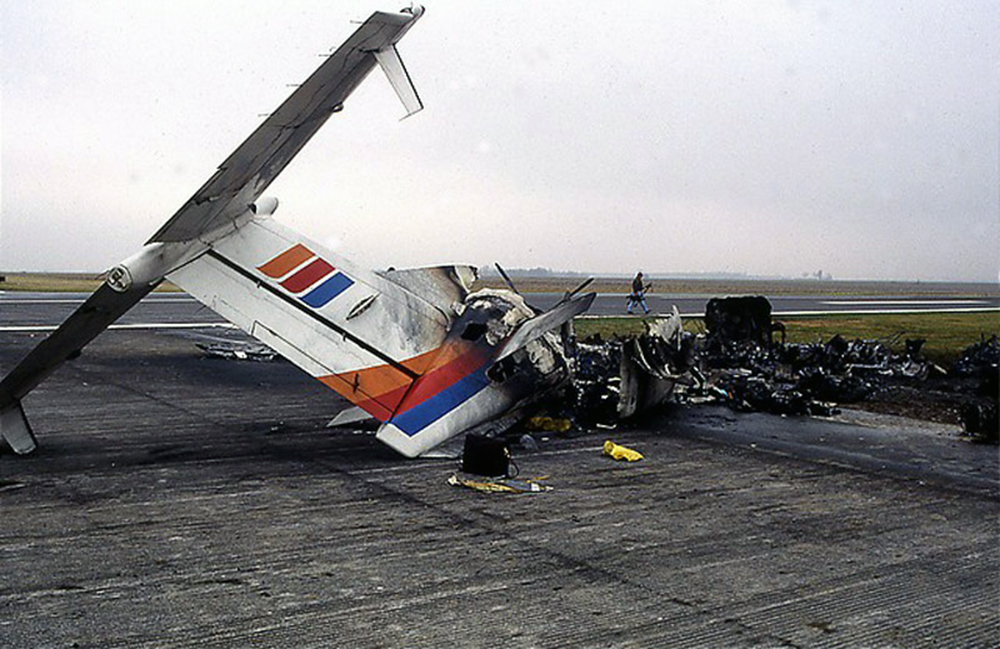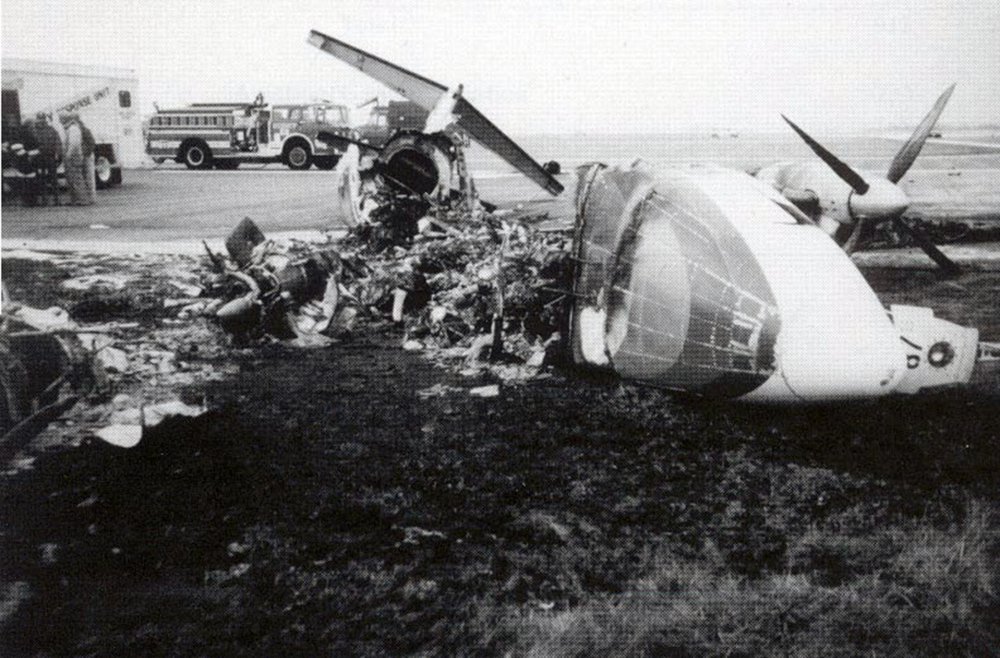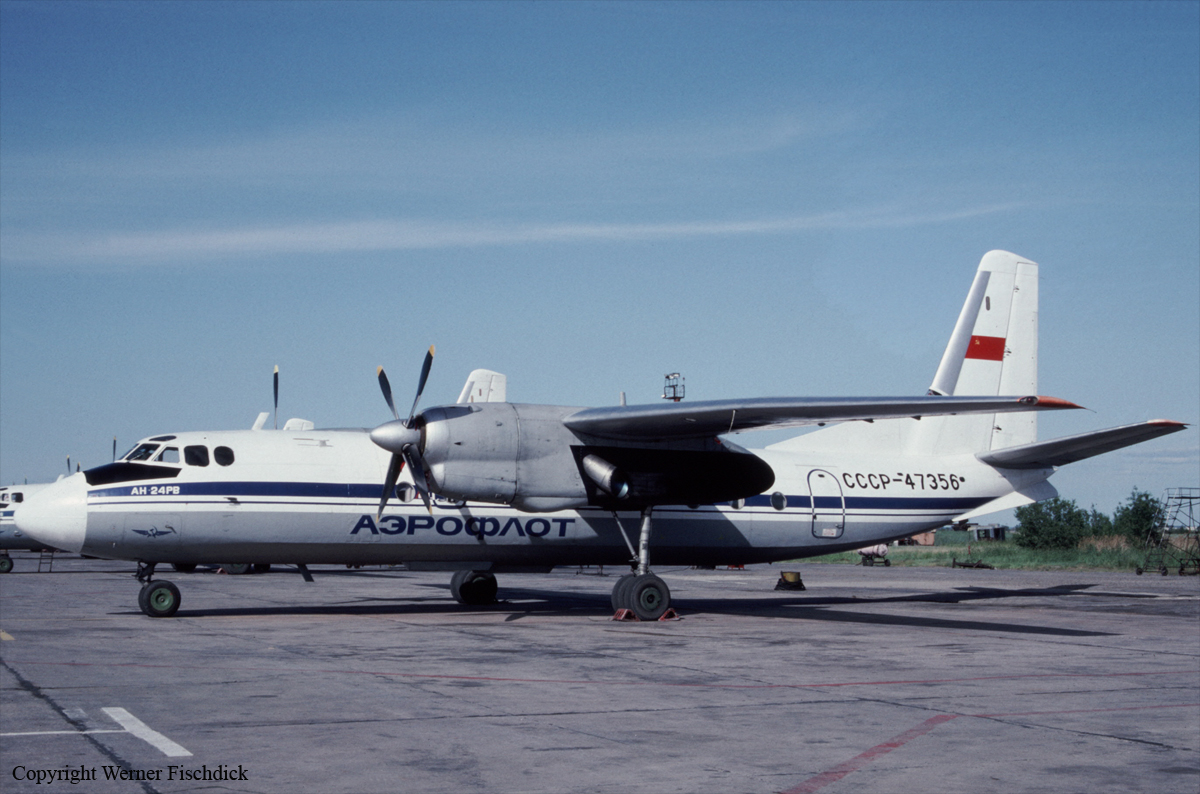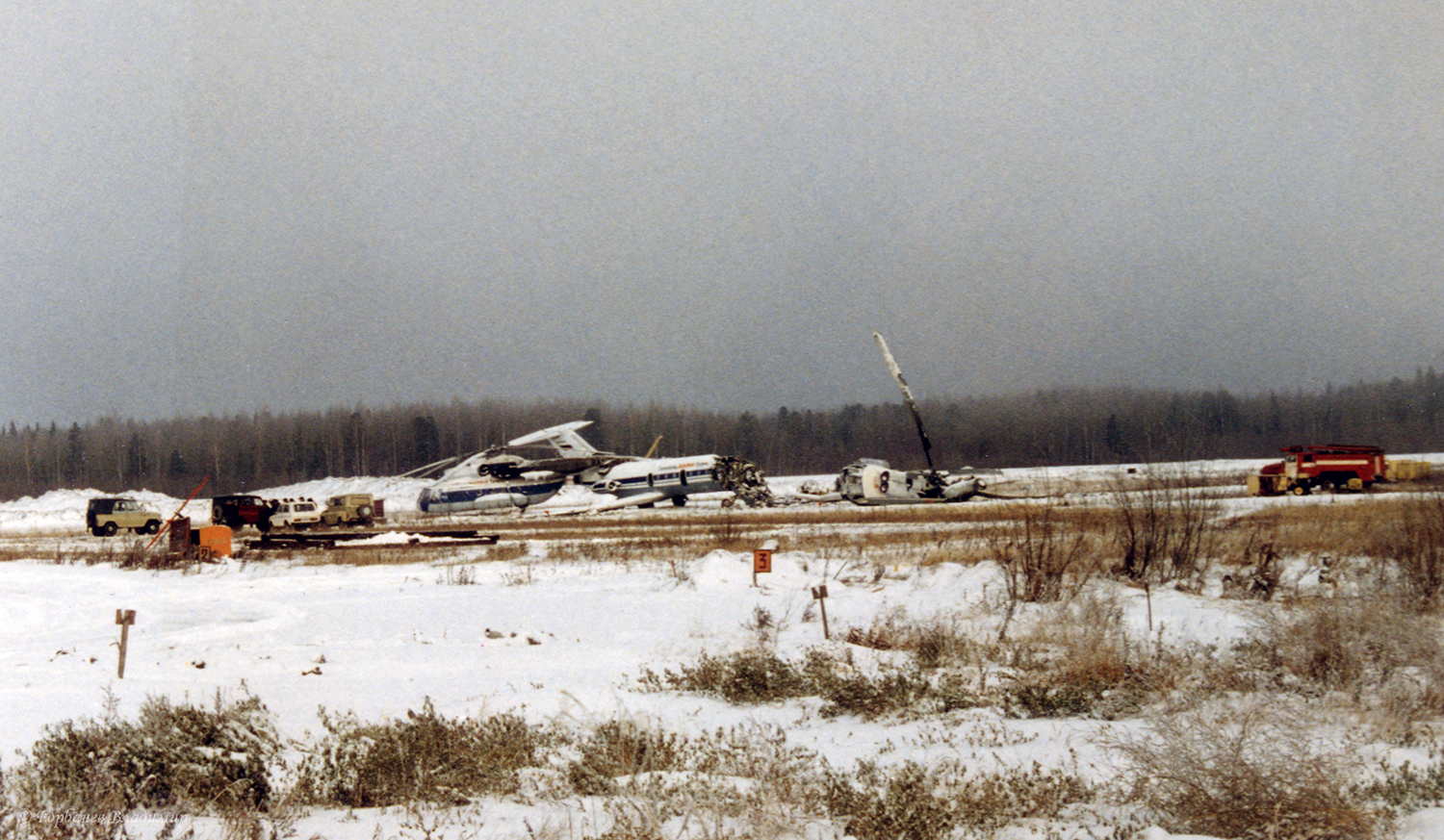Crash of an Antonov AN-32A in Baykit
Date & Time:
Nov 22, 1996 at 1306 LT
Registration:
RA-48104
Survivors:
Yes
Schedule:
Tura – Vanavara – Baykit – Yeniseysk
MSN:
16 02
YOM:
1988
Crew on board:
5
Crew fatalities:
Pax on board:
22
Pax fatalities:
Other fatalities:
Total fatalities:
0
Circumstances:
The aircraft was damaged beyond repair when it veered off runway and the crew tried to get back on the runway without help. The aircraft went out of control, crossed the runway and hit the mast of a powerline and a parapet with more than 3.5 g, suffering structural damage. All 5 crew members and 22 passengers (19 of them illegal ones) escaped unhurt.



